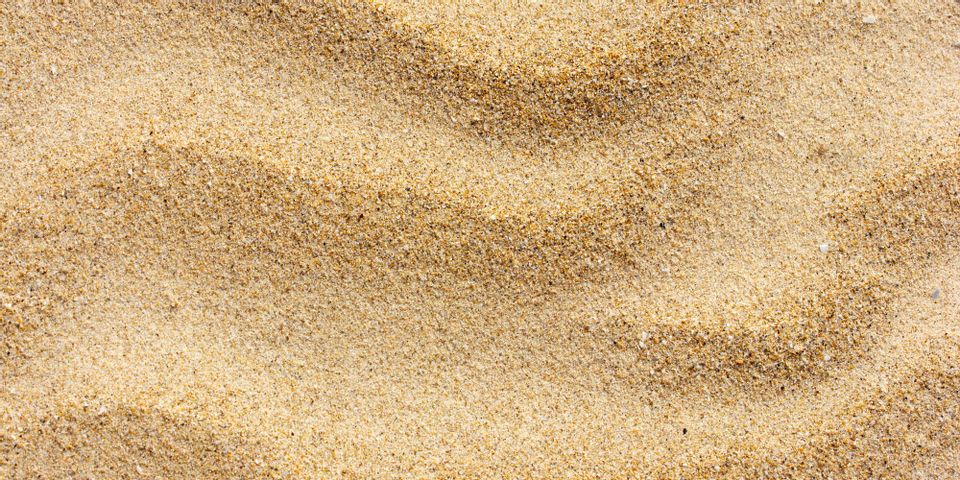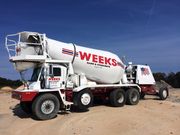The Difference Between Washed Sand & Silica Sand

If you’re not in the aggregate industry, you’ve probably never learned about the finer details of sand. However, these particles still have many essential uses outside of building castles on the beach. Here, Weeks Sand & Concrete of Cameron, NC, differentiates between two of the most common types of sand available today—silica sand and washed sand.
What Is Silica Sand?
This aggregate is composed of quartz pieces of various sizes, as well as other types of rocks and minerals. The granules can range from 1/16 mm to 2 mm. Even though you might not have known it by name, you could have encountered silica sand in the glass manufacturing sector, where it is widely used. Other uses for silica sand include sandblasting services, water filtering, pool installation, septic tank service, and concrete and mortar mixing.
What Is Washed Sand?
 Washed sand is a term for granules which have been processed. After being mined, the aggregate is washed and rinsed to eliminate salt, clay, and silt from the overall mixture. In some cases, washed sand also undergoes the painstaking process of being separated by grain size.
Washed sand is a term for granules which have been processed. After being mined, the aggregate is washed and rinsed to eliminate salt, clay, and silt from the overall mixture. In some cases, washed sand also undergoes the painstaking process of being separated by grain size.
It’s important to note that washed sand can involve other types besides silica sand, and that silica sand isn’t always washed. You’ve likely encountered washed sand on man-made beaches, volleyball courts, and pool installation sites, as well as in mortar mixes for masonry. Many of the uses of silica sand can also apply to washed sand.
No matter what you need aggregate for, the employees at Weeks Sand & Concrete will be happy to help you sort through the noise and find the perfect material. They are proud to offer everything from washed sand to golf course bunker sand, as well as materials like clay and concrete. For more information on their inventory, call them at (919) 499-4272 or visit the website.
About the Business
Have a question? Ask the experts!
Send your question

